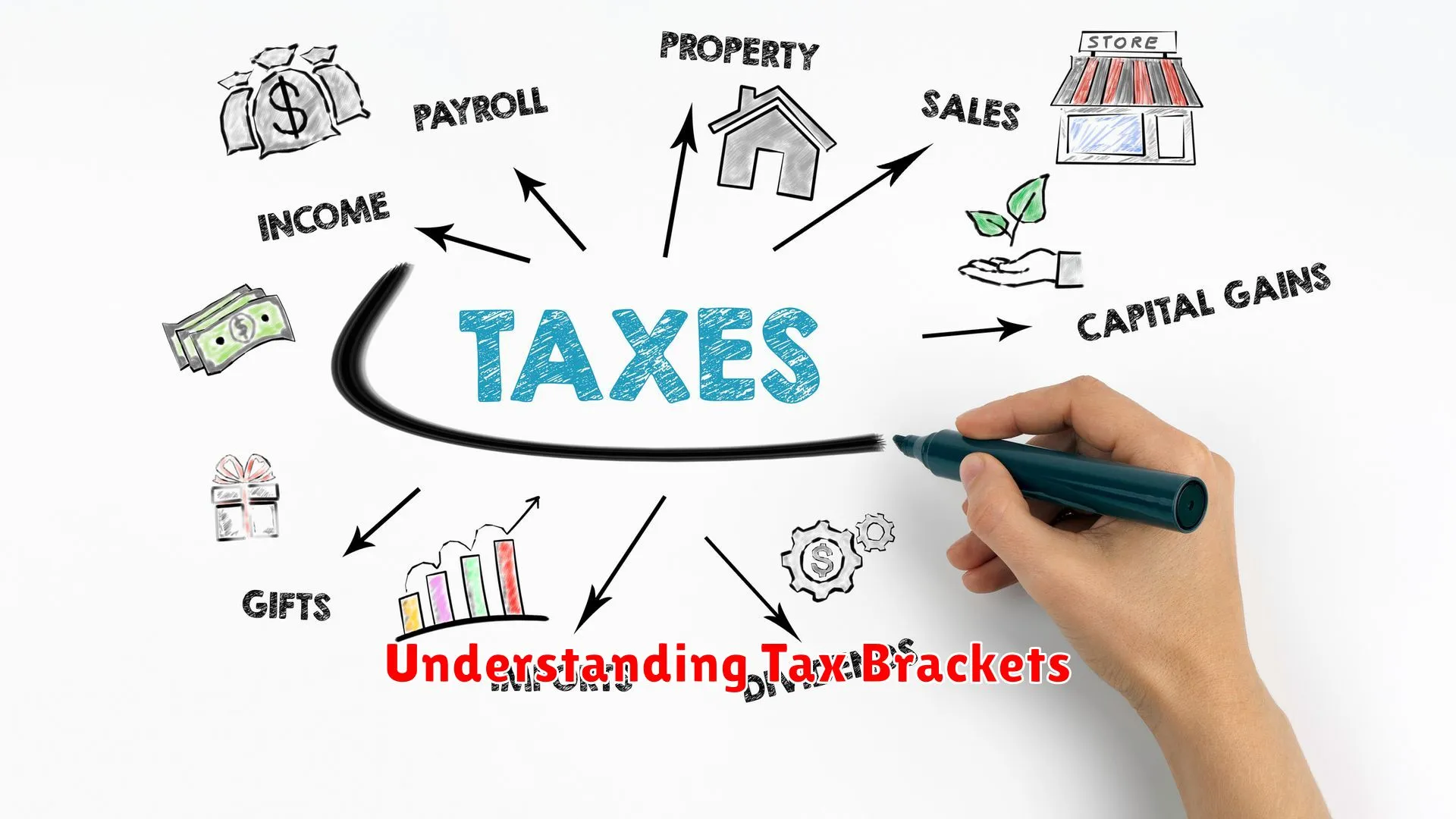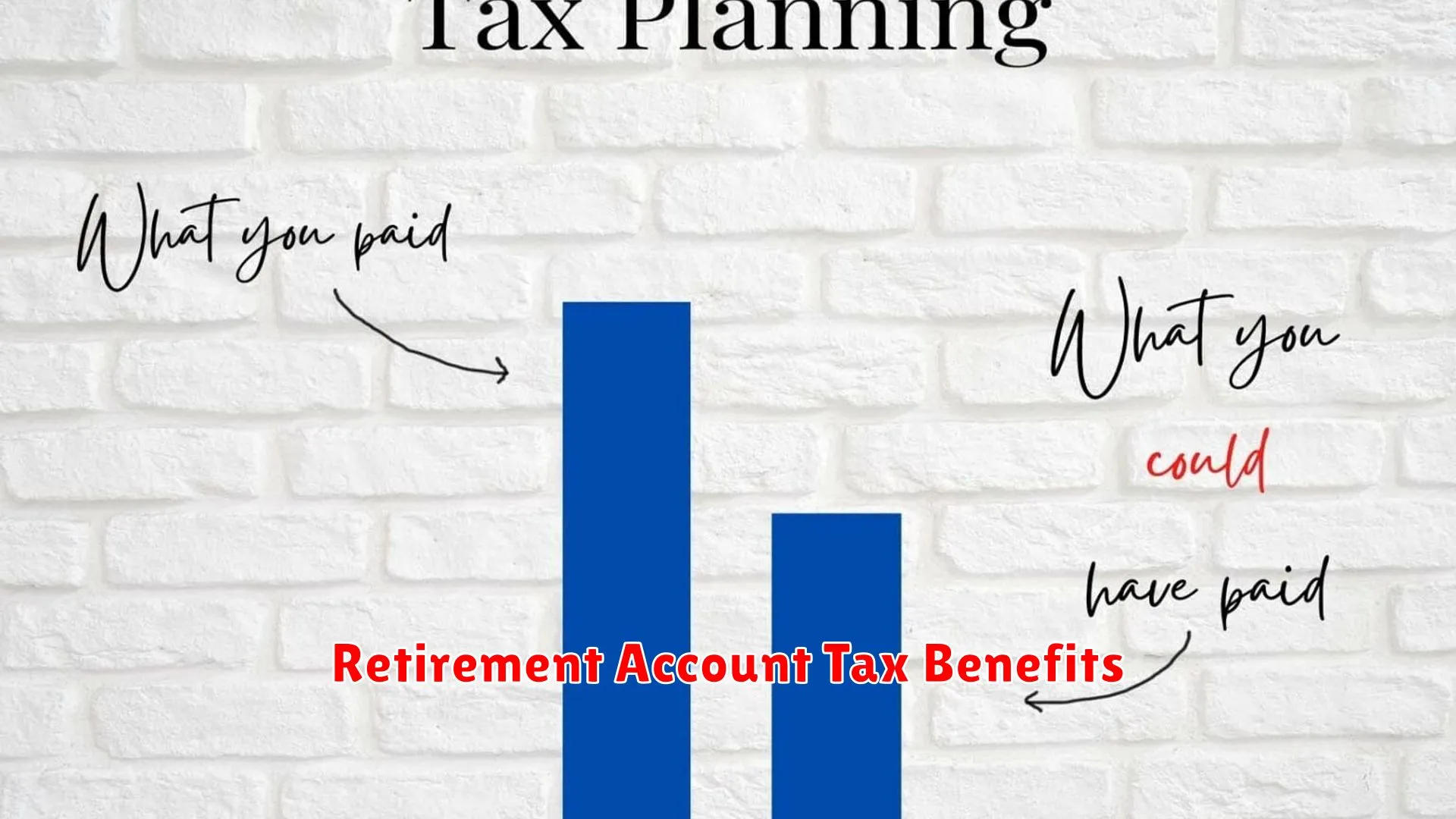Learn effective strategies for smart tax planning to reduce your tax liability and maximize savings. Discover expert tips to optimize your finances and navigate the complex world of taxes.
Understanding Tax Brackets

When it comes to tax planning, understanding tax brackets is crucial for minimizing your tax liability. Tax brackets refer to the range of incomes taxed at different rates, with higher income taxed at higher rates and lower income taxed at lower rates.
By knowing how tax brackets work, you can strategically plan your finances to stay within a lower tax bracket, thus reducing the amount of taxes you owe. Here are some key points to consider:
- Know Your Marginal Tax Rate: Your marginal tax rate is the rate at which your next dollar of income will be taxed. It’s essential to know this rate as it helps you understand how much tax you’ll pay on additional income.
- Take Advantage of Tax Deductions and Credits: Utilizing deductions and credits can help lower your taxable income, potentially moving you into a lower tax bracket.
- Consider Retirement Accounts: Contributions to retirement accounts such as 401(k) or IRA can lower your taxable income, reducing the tax you owe. These contributions can also grow tax-deferred until withdrawal.
- Stay Informed About Tax Law Changes: Tax laws are subject to change, impacting tax brackets and rates. Staying informed about these changes can help you adapt your tax planning strategies accordingly.
By understanding tax brackets and implementing smart tax planning strategies, you can effectively minimize your tax liability and keep more of your hard-earned money.
Tax Deductions vs. Tax Credits

When it comes to smart tax planning to minimize your tax liability, understanding the difference between tax deductions and tax credits is crucial. Both deductions and credits can help you lower your tax bill, but they work in different ways.
Tax Deductions:
Tax deductions reduce the amount of your income that is taxable. This means that the deduction is subtracted from your total income before your tax liability is calculated. Common tax deductions include expenses such as mortgage interest, charitable donations, and certain medical expenses. By claiming deductions, you can lower your taxable income and potentially move into a lower tax bracket.
Tax Credits:
On the other hand, tax credits directly reduce the amount of tax you owe. They provide a dollar-for-dollar reduction in your tax liability. For example, if you owe $1,000 in taxes and are eligible for a $200 tax credit, your tax bill will be reduced to $800. Tax credits are available for various purposes, such as education expenses, energy-efficient home improvements, and child care costs.
When planning your taxes, consider maximizing both tax deductions and tax credits to help lower your overall tax liability. Be sure to research eligible deductions and credits, keep detailed records of your expenses, and consult with a tax professional to optimize your tax strategy.
Retirement Account Tax Benefits

When it comes to smart tax planning, leveraging the tax benefits offered by retirement accounts is a crucial strategy to minimize your tax liability. These specialized accounts are designed to help individuals save for retirement while enjoying various tax advantages.
One key benefit of retirement accounts is tax-deferred growth. This means that any contributions you make to your retirement account, such as a 401(k) or IRA, are typically not taxed until you withdraw the funds during retirement. This allows your investments to grow tax-free, potentially maximizing your savings over time.
Additionally, contributions to certain retirement accounts may be tax-deductible, reducing your taxable income in the year you make the contribution. For example, contributions to a traditional IRA or a 401(k) plan are often tax-deductible, providing immediate tax savings.
Moreover, some retirement accounts, like Roth IRAs, offer tax-free withdrawals in retirement. While contributions to a Roth IRA are made with after-tax dollars, qualified withdrawals in retirement, including earnings, are tax-free, offering a valuable source of tax-free income during your retirement years.
By strategically utilizing retirement accounts and understanding the tax benefits they offer, you can effectively lower your tax liability both now and in the future, contributing to a more financially secure retirement.
Health Savings Account Advantages

A Health Savings Account (HSA) offers individuals a tax-advantaged way to save and pay for medical expenses. Understanding the advantages of an HSA can help you make informed decisions in your tax planning strategy.
1. Tax Savings
Contributions to an HSA are tax-deductible, reducing your taxable income. Withdrawals for qualified medical expenses are also tax-free. This double benefit can lead to significant tax savings over time.
2. Triple Tax Benefits
HSAs provide triple tax benefits – contributions are tax-deductible, earnings grow tax-free, and withdrawals for medical expenses are tax-free. This unique advantage makes HSAs a powerful tool for maximizing tax efficiency.
3. Flexibility and Control
Unlike flexible spending accounts (FSAs), funds in an HSA roll over from year to year and are portable, even if you change employers. This flexibility gives you more control over your healthcare expenses and savings.
4. Retirement Savings
After age 65, you can withdraw funds from your HSA for any purpose without penalty, although taxes will apply if not used for medical expenses. This feature transforms your HSA into a supplemental retirement savings account.
Charitable Giving and Taxes

Charitable giving can be a smart tax planning strategy to minimize your tax liability. By donating to qualified charitable organizations, you can potentially lower your taxable income while supporting a cause you care about.
One common tax benefit of charitable giving is the ability to deduct your contributions from your taxable income. When you itemize your deductions on your tax return, the donations you’ve made to eligible charities can reduce the amount of income subject to taxation.
It’s important to note that not all charitable contributions are tax deductible. To ensure your donations qualify for tax benefits, make sure you are giving to IRS-approved organizations. Additionally, keeping detailed records of your contributions and obtaining receipts from the charities can help support your tax deductions.
For individuals looking to optimize their tax planning, strategic charitable giving can be a valuable tool. Before making any donations, consider consulting with a tax professional to understand the potential tax implications and ensure you are following all relevant laws and regulations.
Conclusion
Smart tax planning is essential to reduce tax liability and maximize savings. By utilizing strategic approaches and taking advantage of available deductions and credits, individuals and businesses can optimize their financial outcomes.

